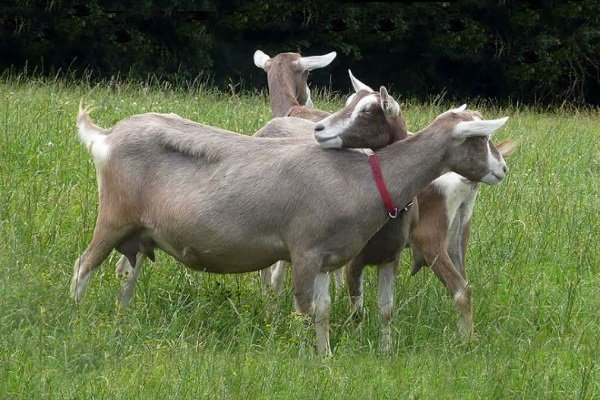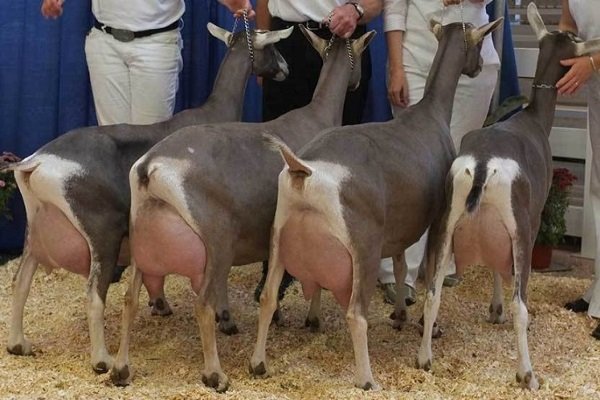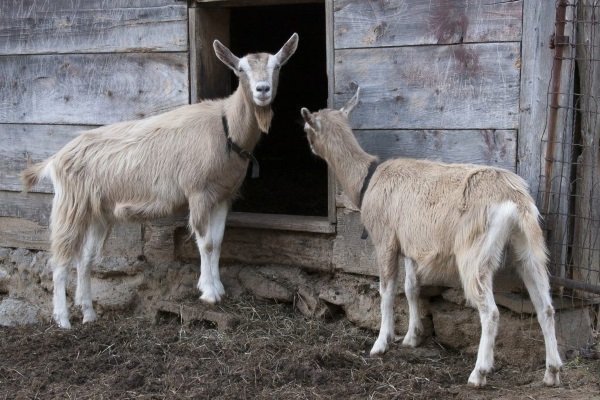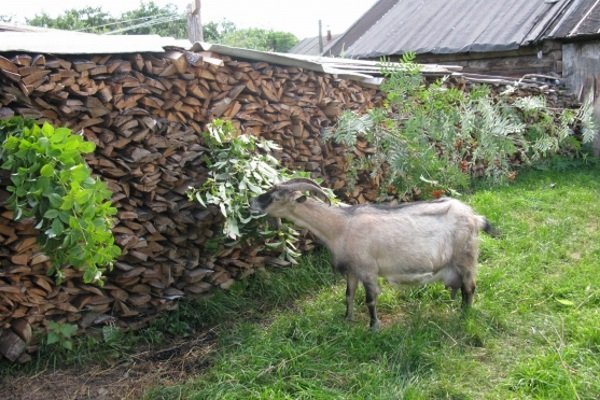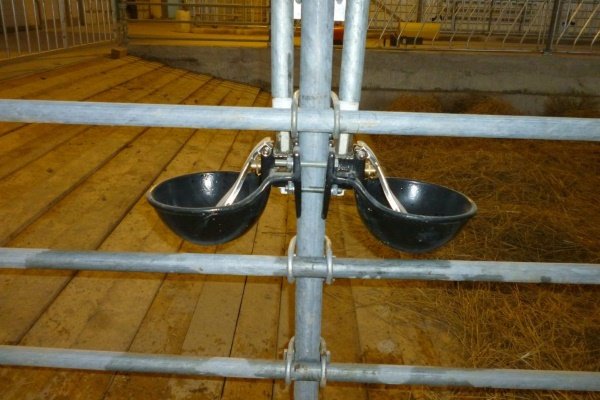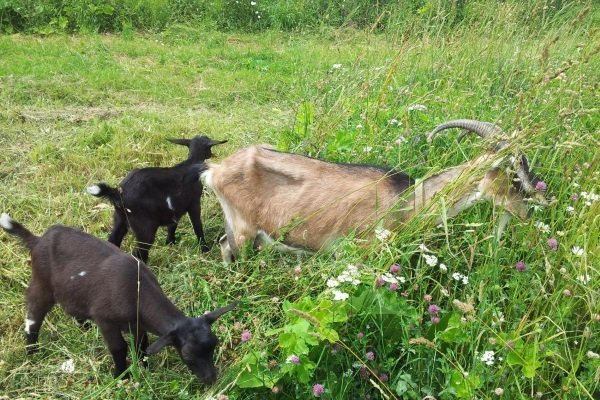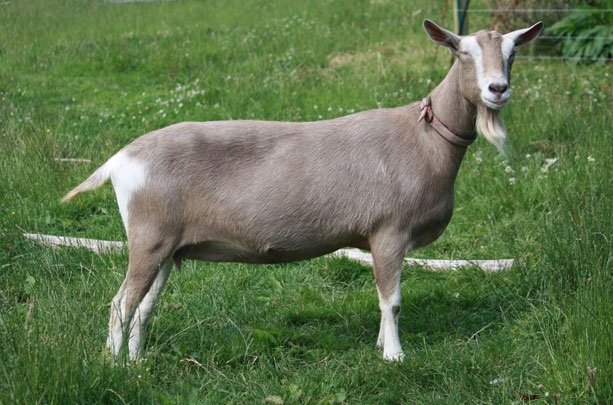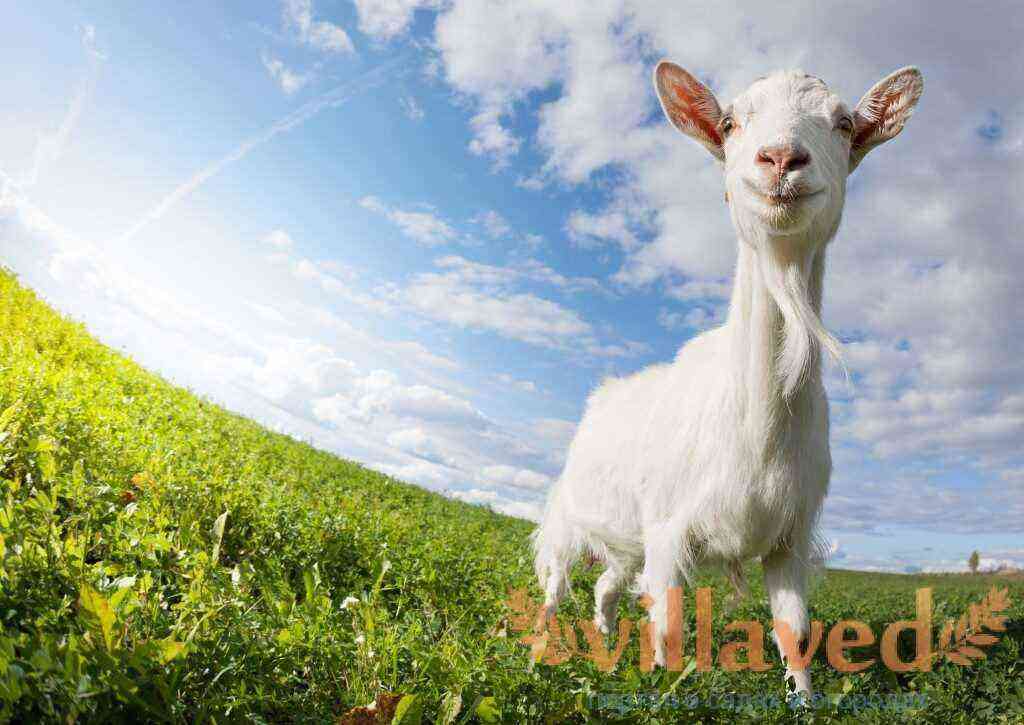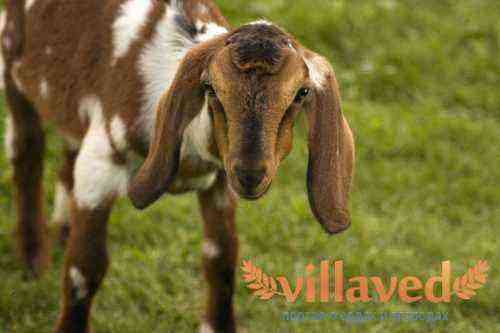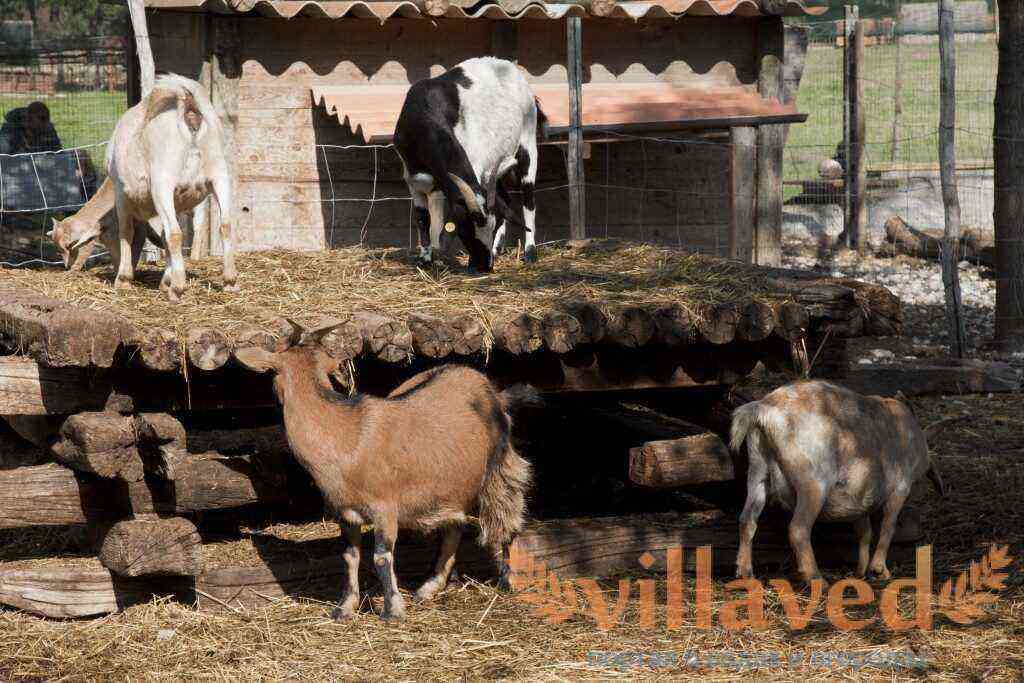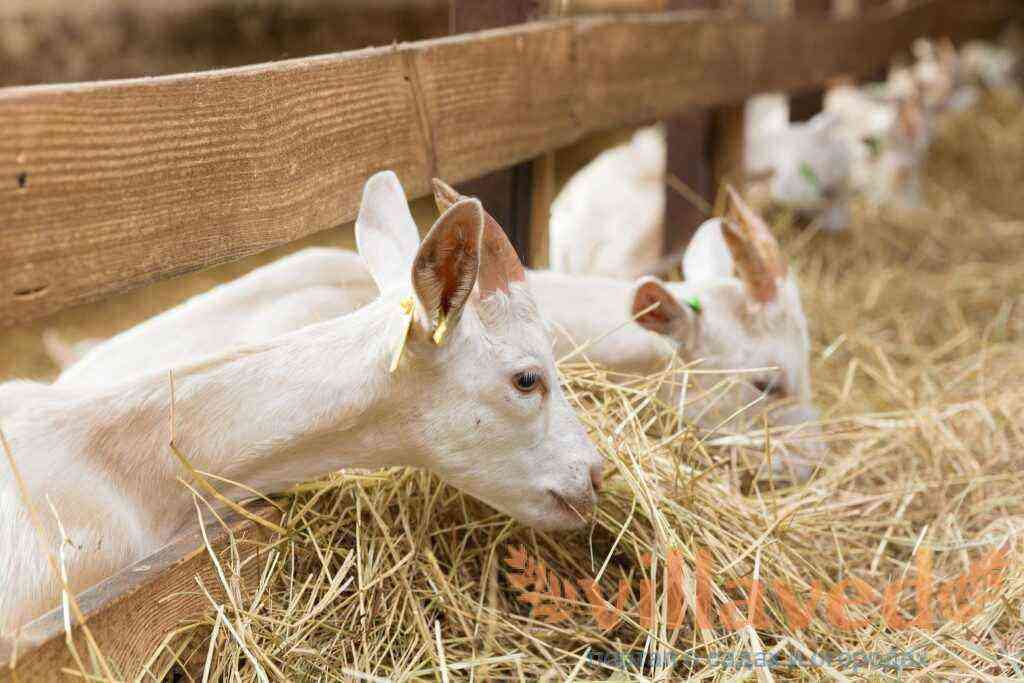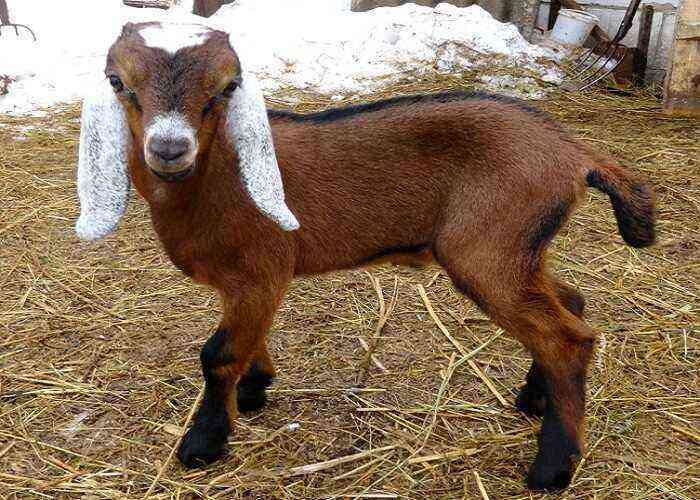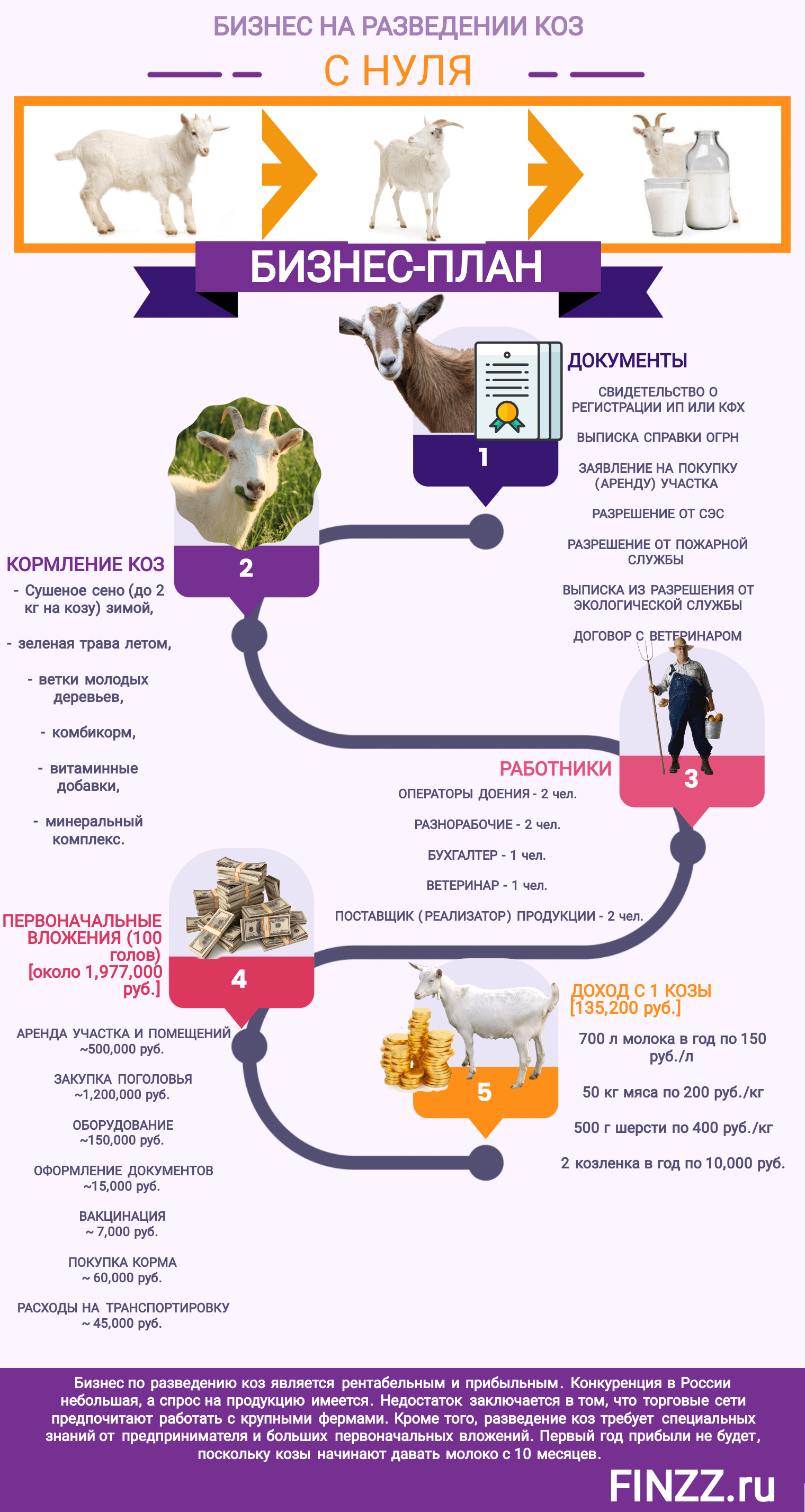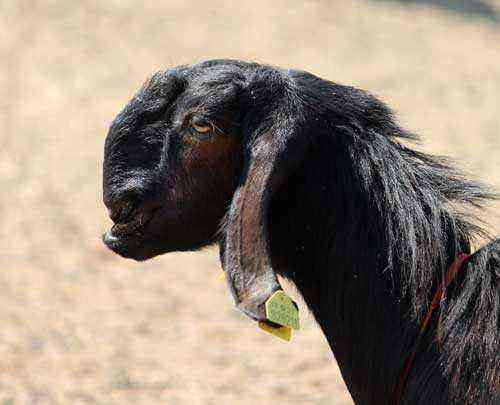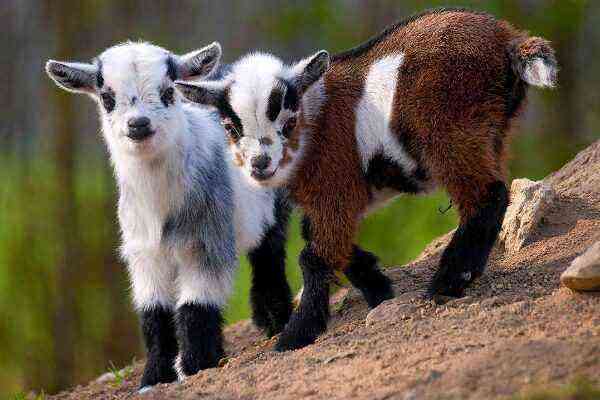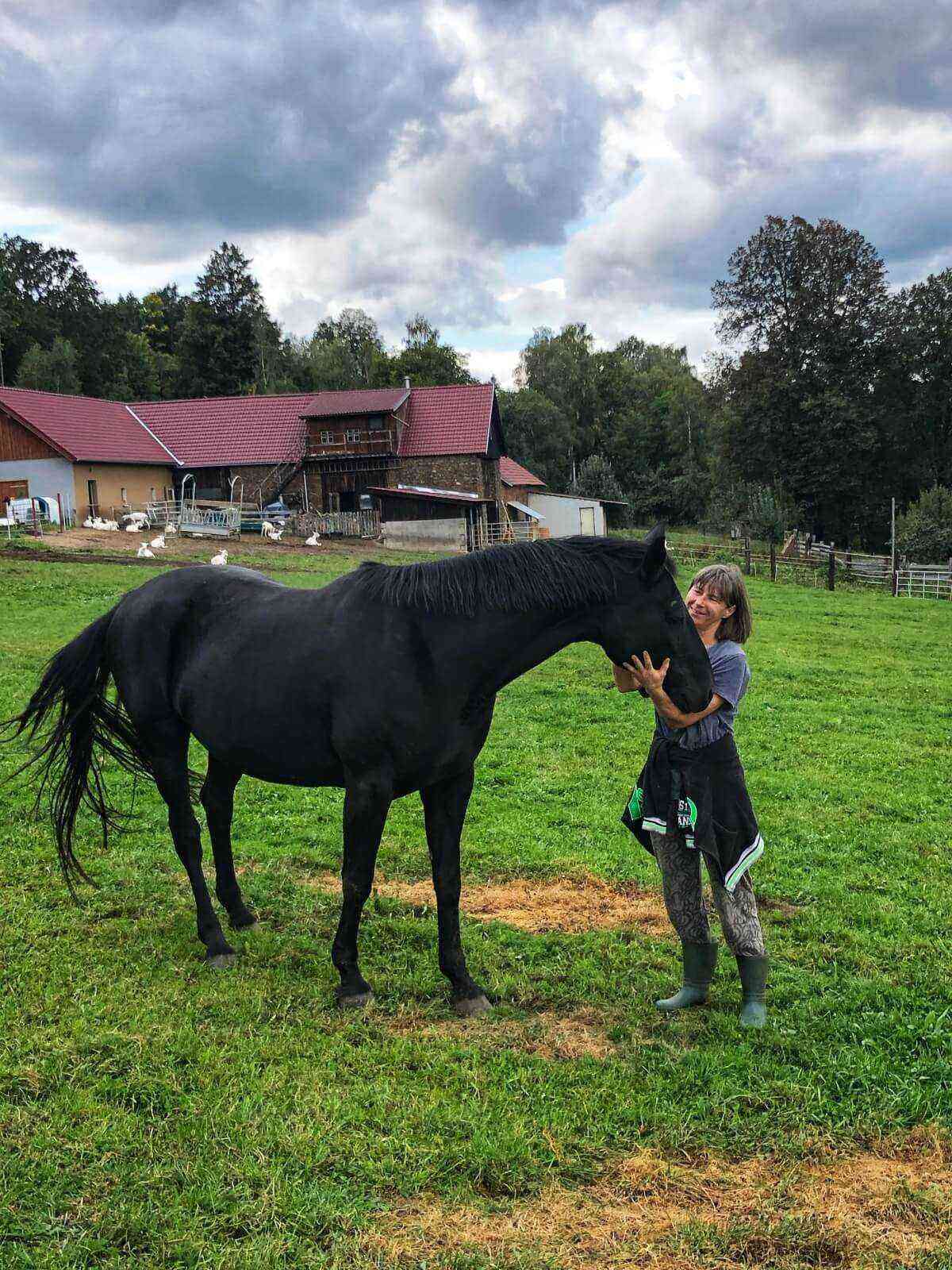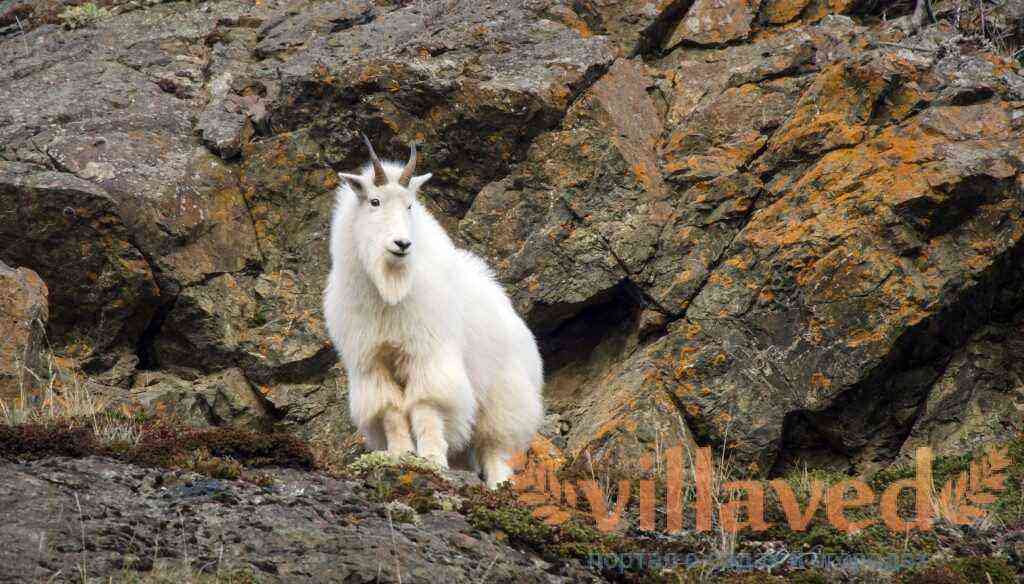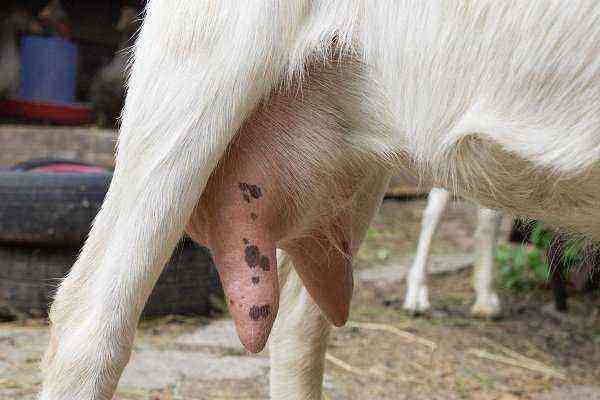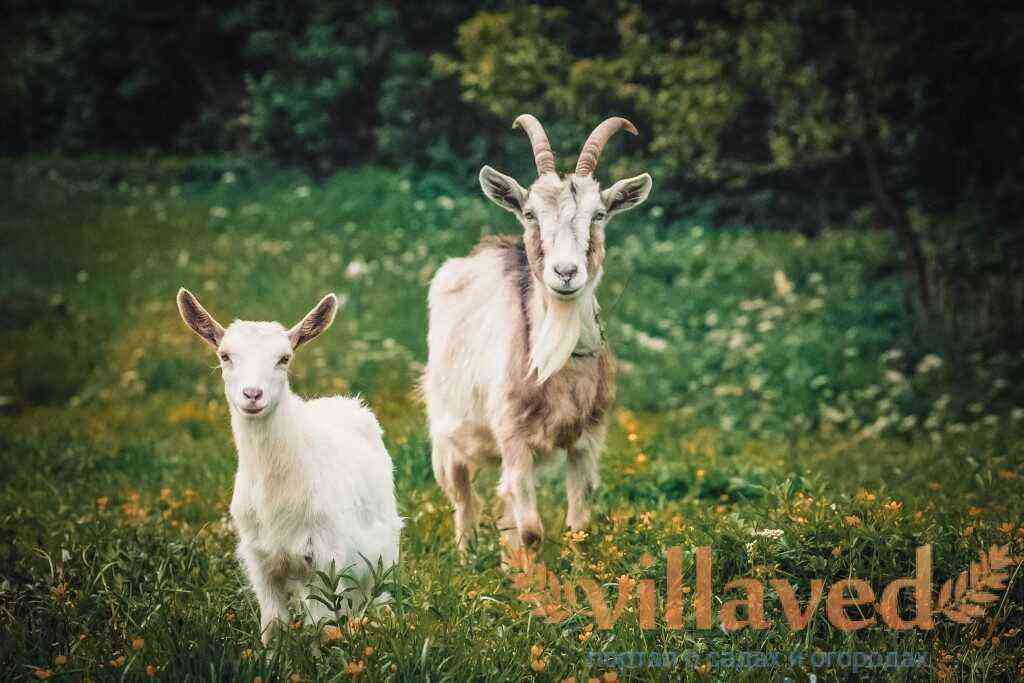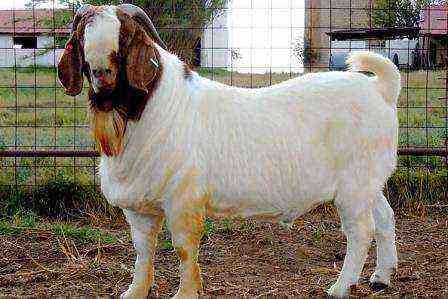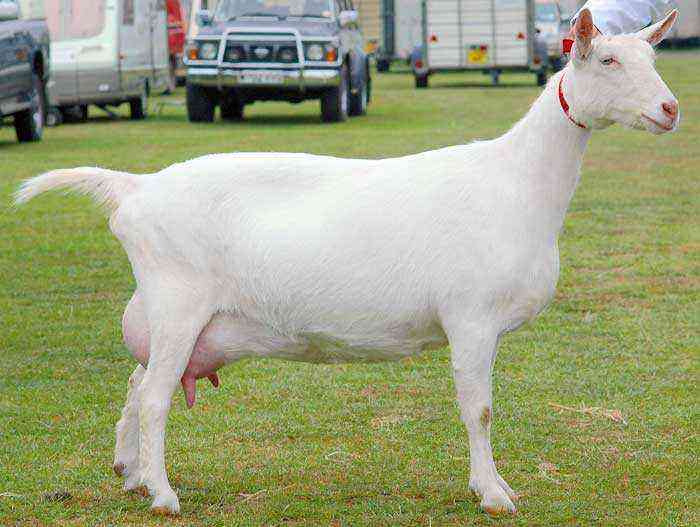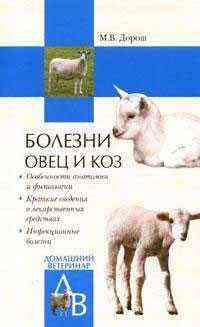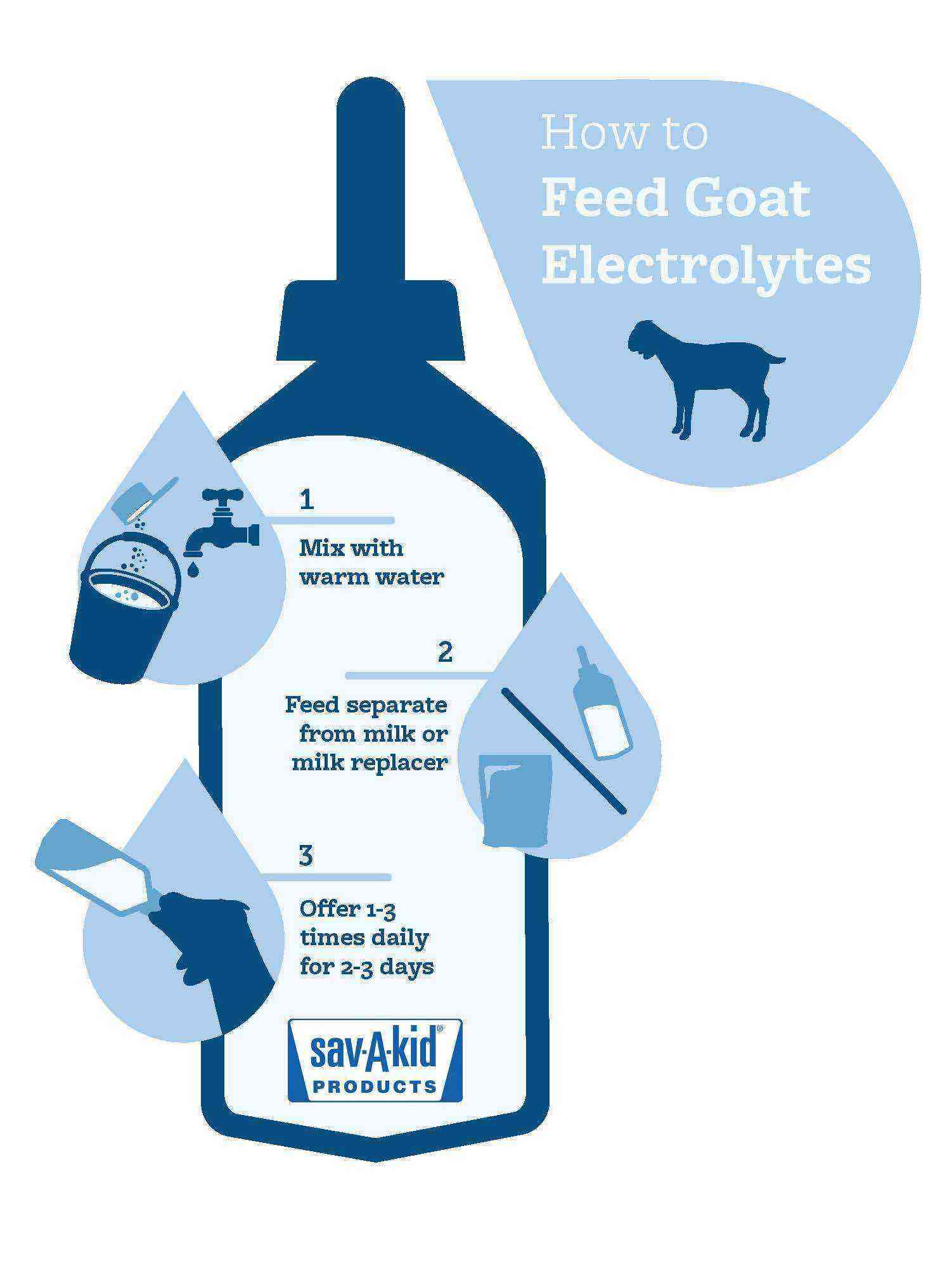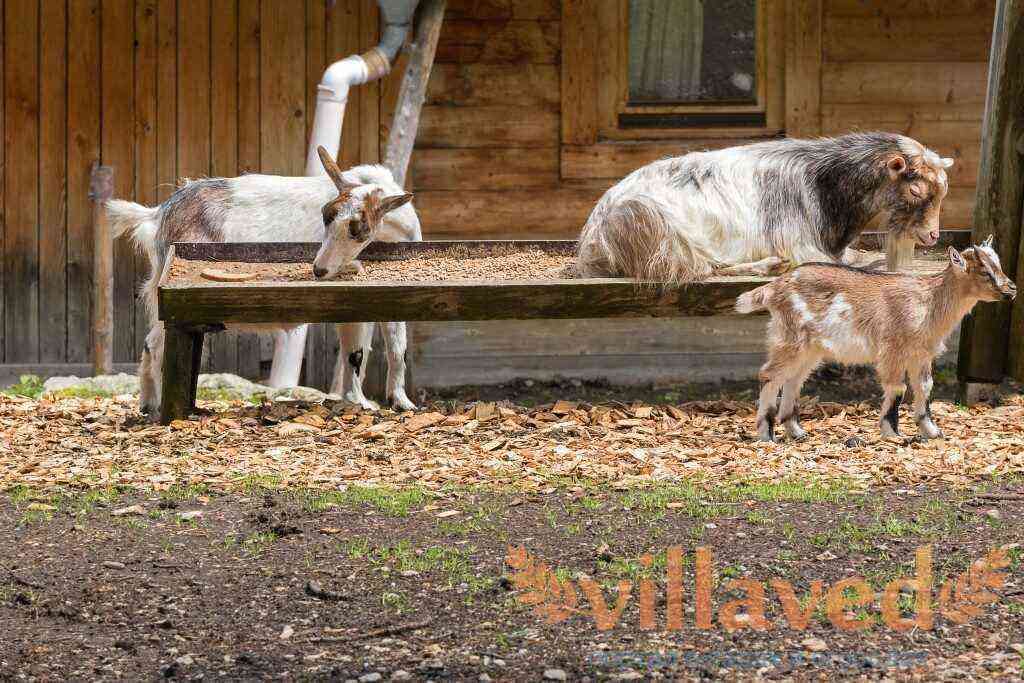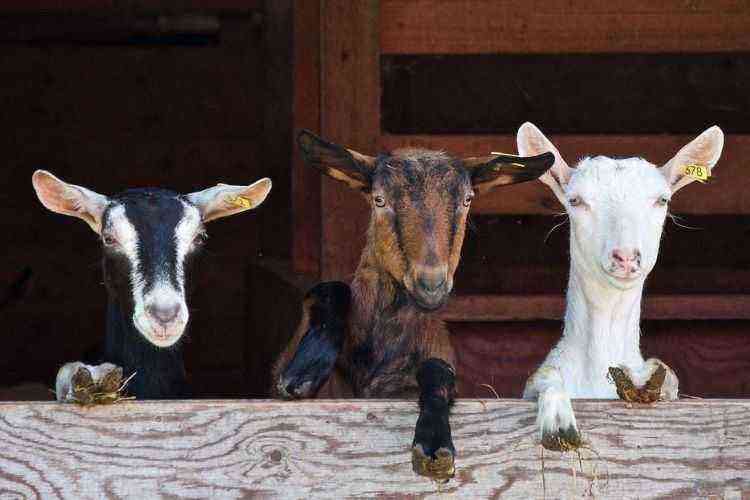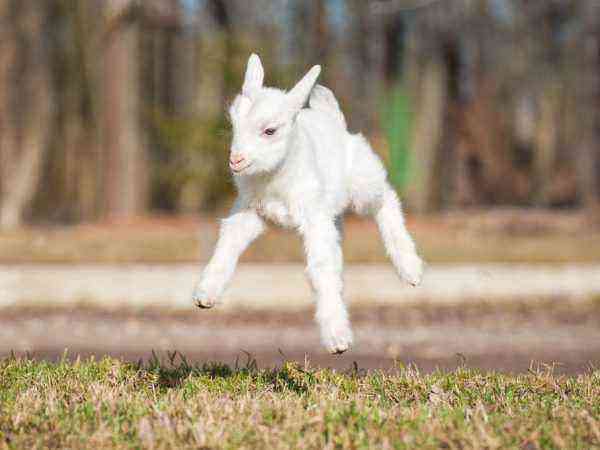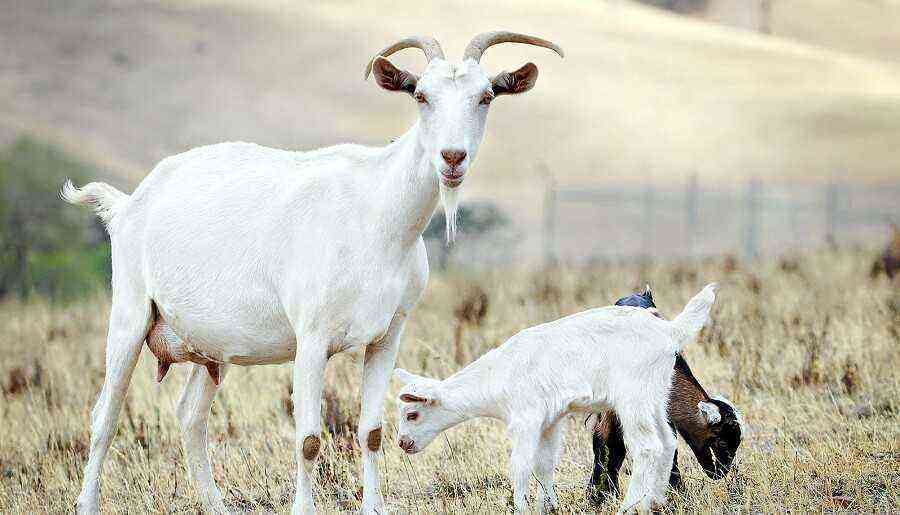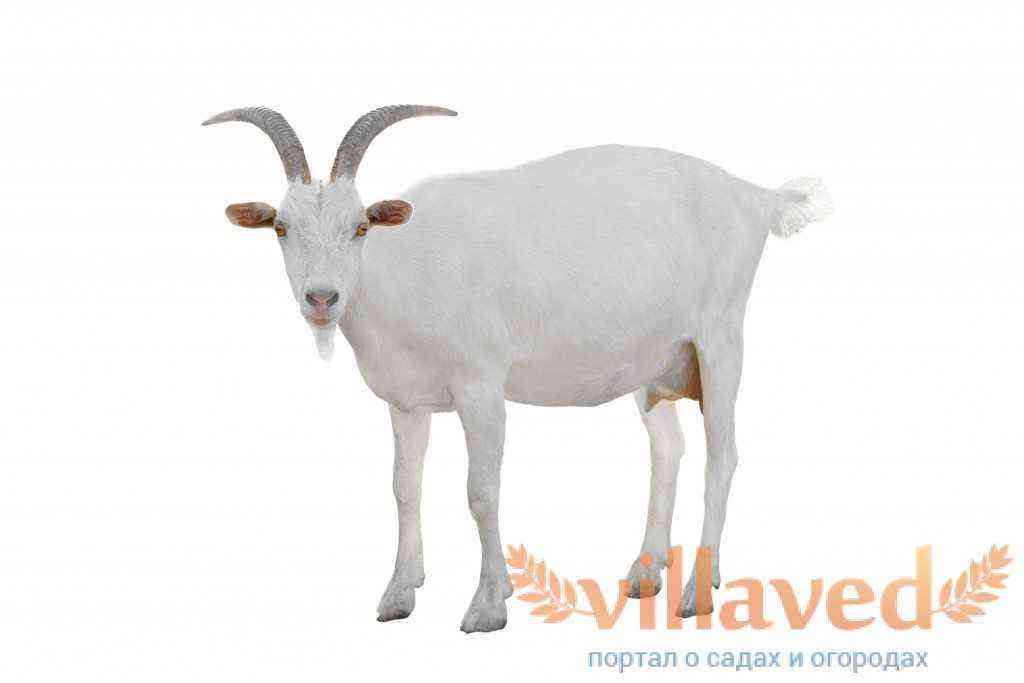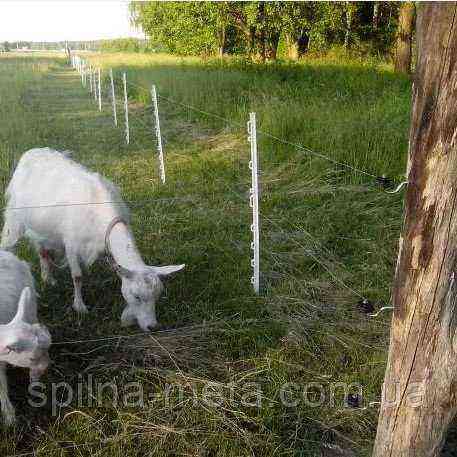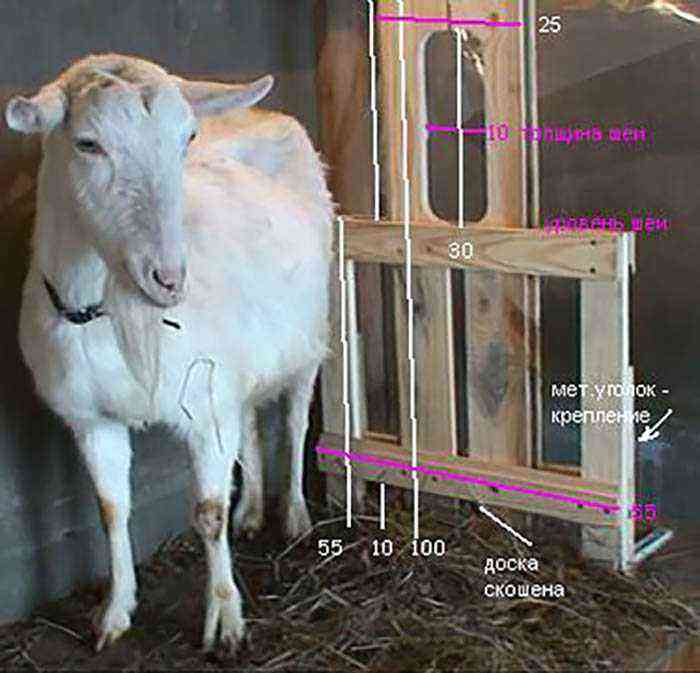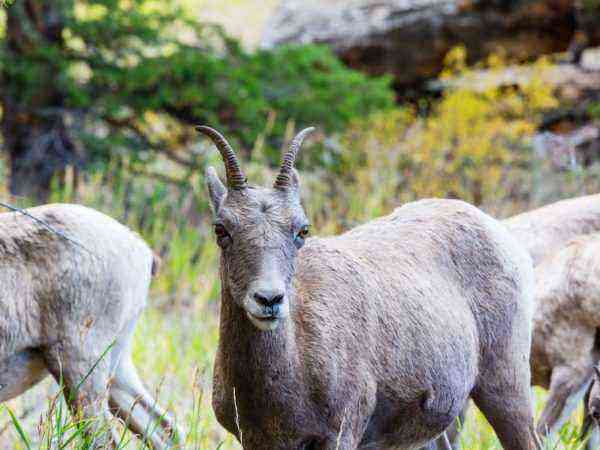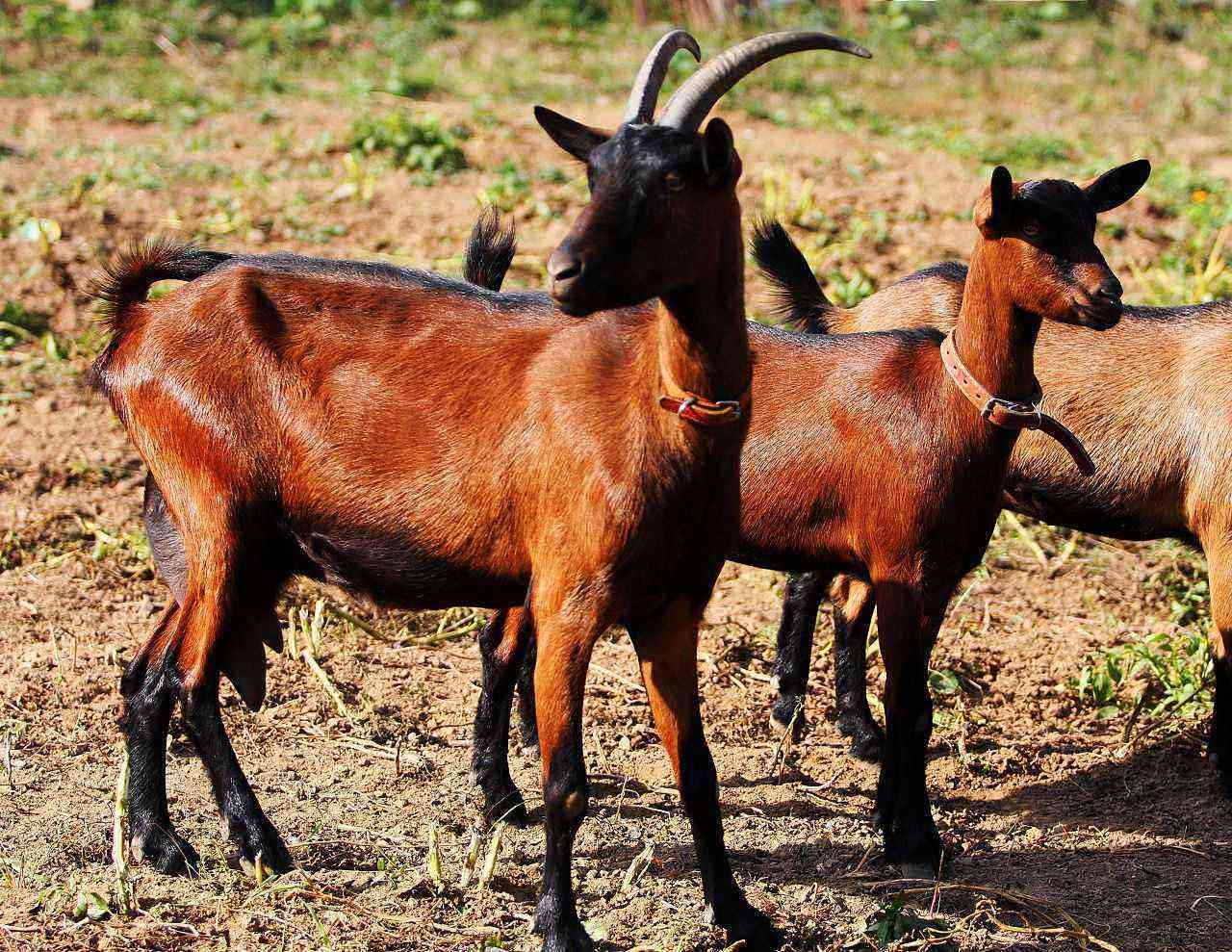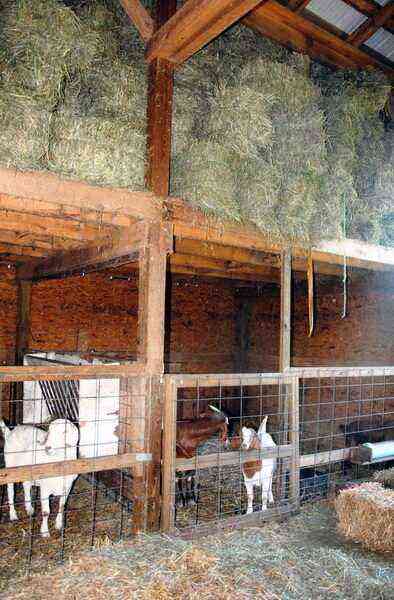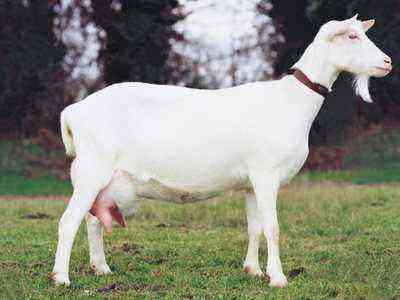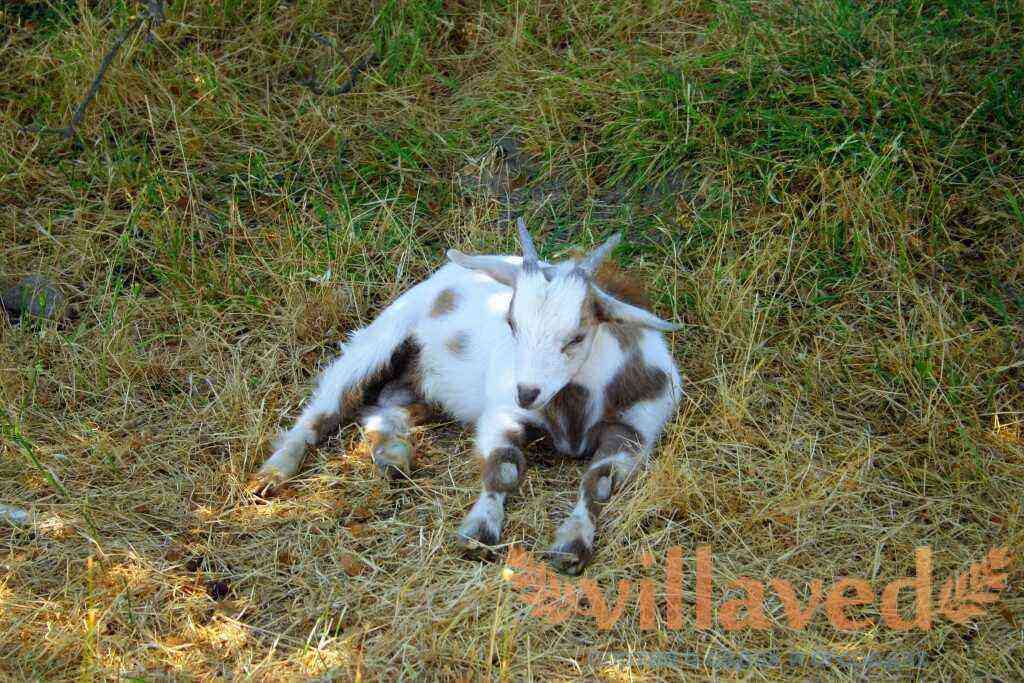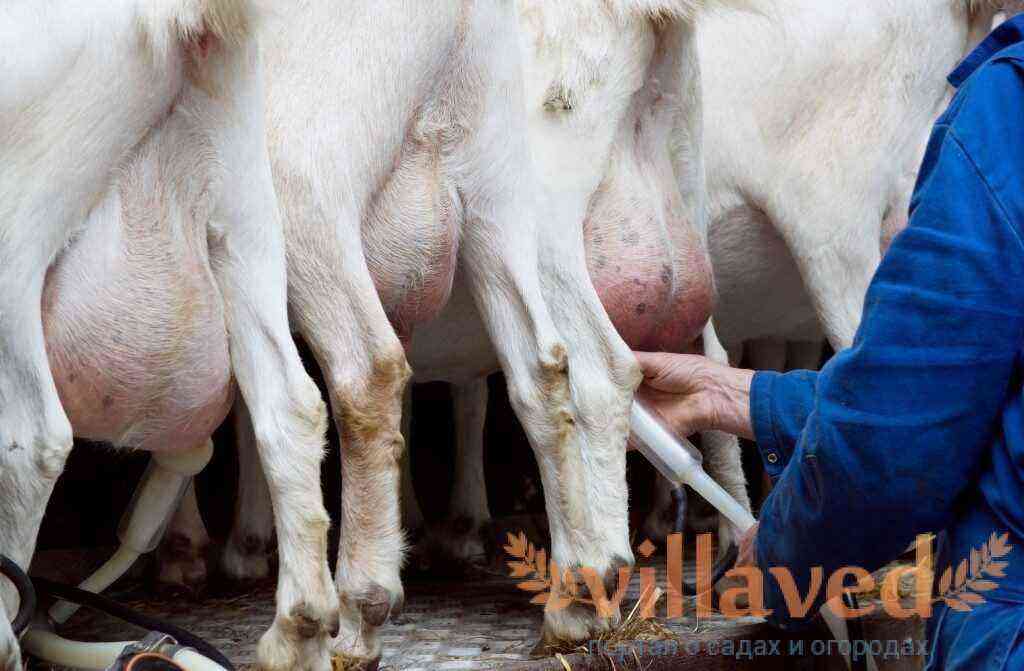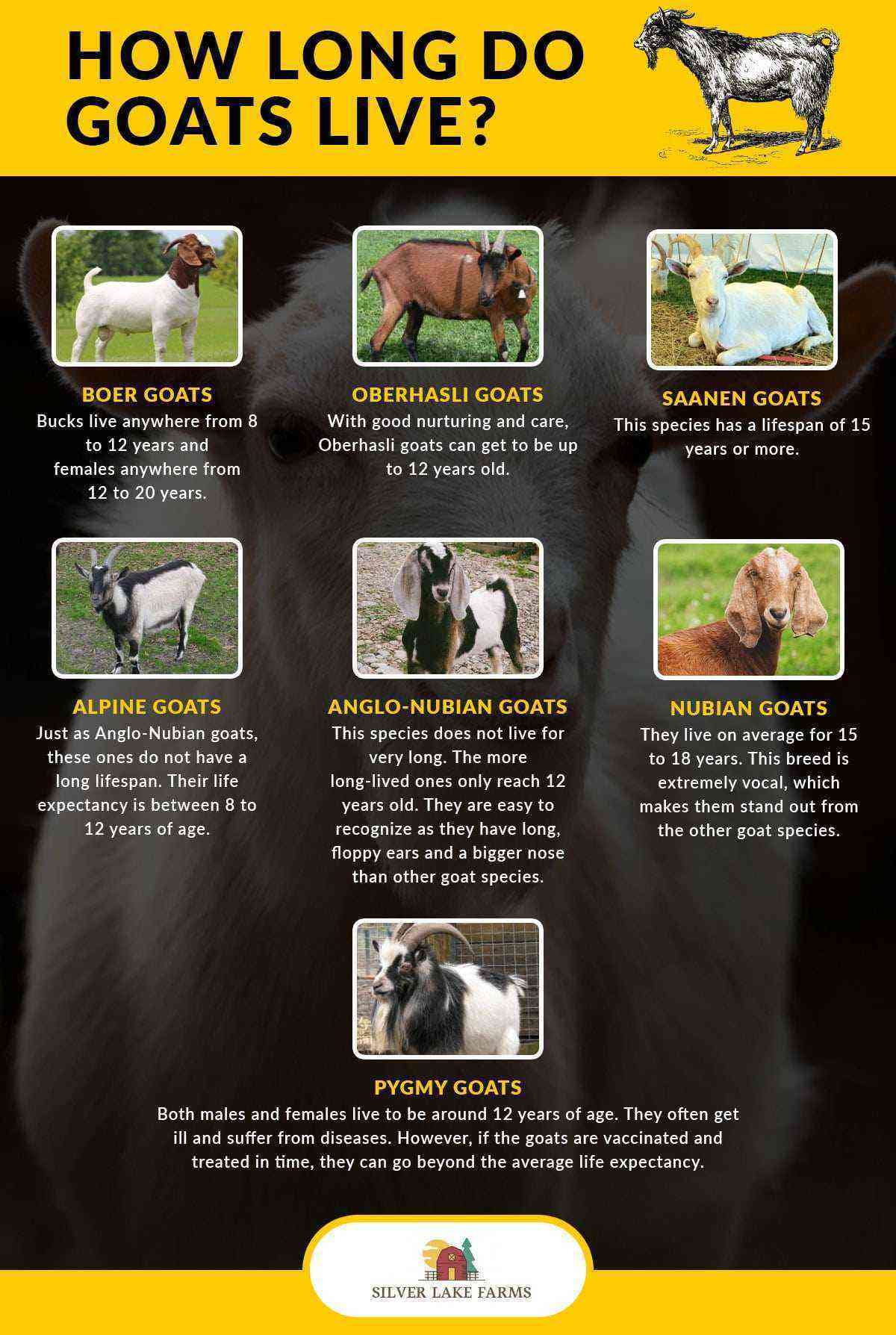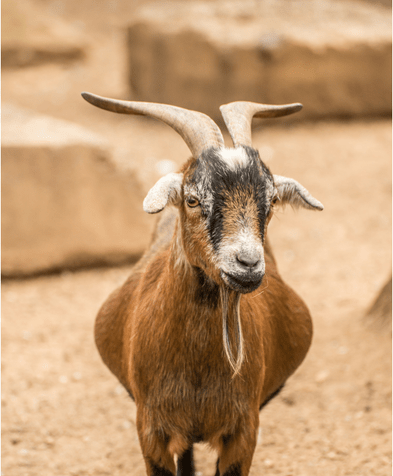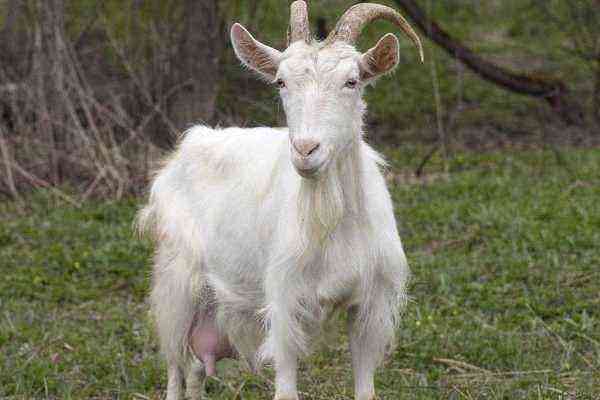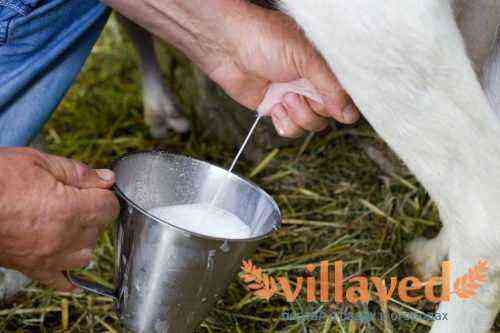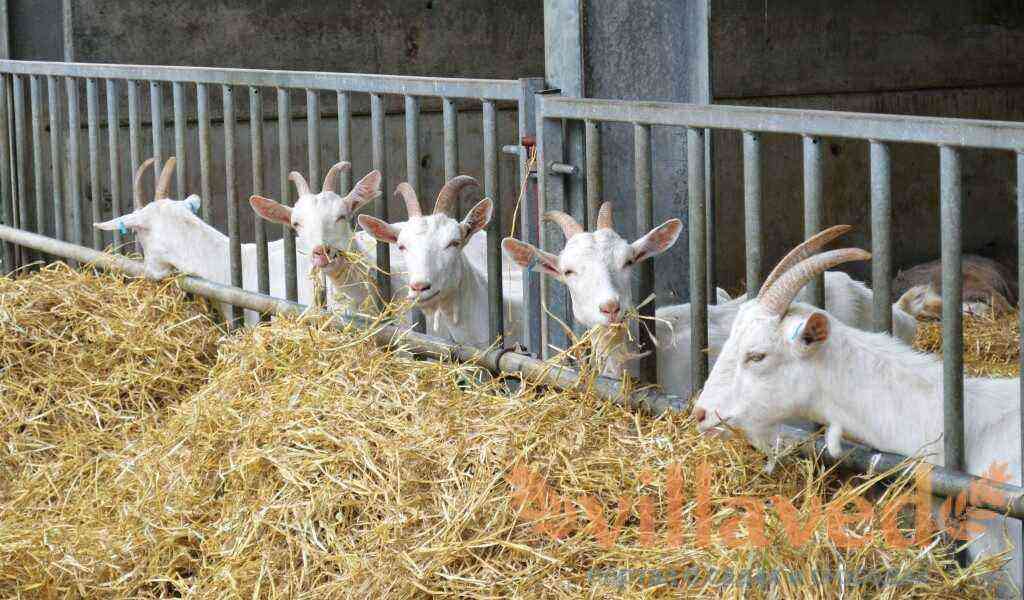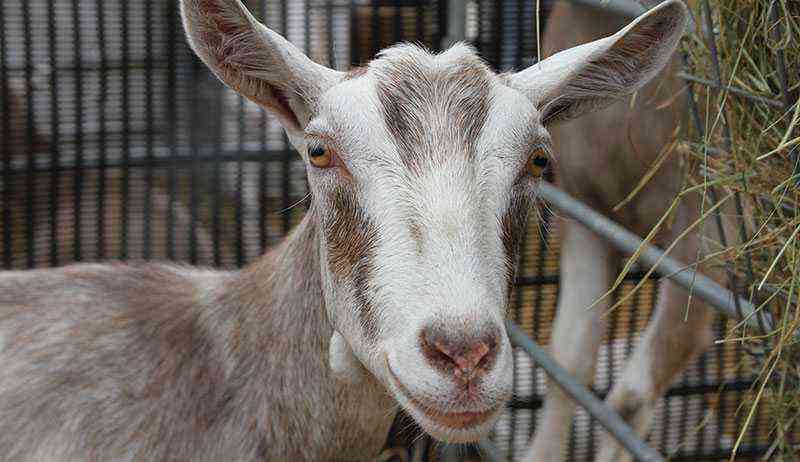Toggenburg goats are a dairy breed with light stripes on the muzzle, belly and legs. Milk is rich and healthy, contains a large amount of nutrients. The animal is unpretentious in care, productive in breeding. Toggenburg goats are more common in Switzerland, USA, Canada, Austria and Holland. In Russia, this breed is little known.
Breed origin
The homeland of the Toggenburg goats is a picturesque valley in the north-east of Switzerland, from which the name of the breed comes. The history of animals begins in the middle of the 18th century and continues to the present. Initially, breeders set 2 tasks – high milk yields and quick acclimatization to any weather conditions. Goats were bred through long-term selection of “outbred natives”, which with each new generation only strengthened their immunity.
Due to their milk production, Toggenburg goats immediately became popular in the 18th and 19th centuries. They were actively sold in Belarus, Poland, Holland, Switzerland and other countries where animal husbandry is well established. In Russia, goats did not take root in all regions. In small numbers, they can be found in the Altai Territory, on the territory of the Vologda, Leningrad and Kostroma regions.
Appearance, size and character
The Toggenburg goat differs from its relatives in its small size, its good looks. Outwardly, this is a graceful animal with a shortened body and well-developed muscles, a small head and slender legs. The coat is rich brown in color, 2 longitudinal stripes run along the sides of the muzzle, descend to the stomach and to the hooves. There is also a light spot in the area of the small tail. Ears small, erect. Goats are shingled (without horns). There are varieties with small horns turned back in the form of a sickle.
The height of adult males at the withers is 75-85 cm, females are smaller – no more than 78 cm. The average weight of a one-year-old goat is 60-65 kg, but larger representatives of this breed are also found. Females weigh 48-60 kg, newborn kids – up to 3,5 kg (there can be up to 4 individuals in a litter). Growing up goats weigh 8 kg for 40 months.
Toggenburg goats have a dark brown coat of medium length. In the four-legged inhabitants of the northern regions, it is thicker due to the growing undercoat, soft and silky to the touch. Both males and females have a small beard. In young goats, earrings are visible on the muzzle, the udder is large, round in shape with massive, long nipples. Animals are adapted not only for manual but also for machine milking.
This is a very peaceful breed, unpretentious in food and living conditions. Today, it is inferior to the Saanen goats in popularity. Animals are not very smart: they scatter in pastures, cannot come home on their own, do not recognize their nicknames. Goat breeders have to go looking for them, wasting time.
Productive qualities
Toggenburg goats, due to their small size, are not suitable for large-scale meat breeding, although their meat has an unforgettable taste. On the skin and wool of the animal, too, you can’t earn much.
The main value for goat breeders is milk, which is later used for the production of elite cheeses, goes to the sale and for the needs of their own family. The number of milk yields is the same all year round (in winter, milk volumes do not decrease). During the lactation period, Toggenburg goats give up to 1 kg (a record figure of 000 kg is known) with a fat content of 1200-4,5%. Healthy milk is actively used in the food industry. Daily milk yield is from 8 to 4 liters.
Rules for the care and breeding of Toggenburg goats
This breed is adapted to the harsh mountain climate. Animals tolerate low air temperatures well, are frost-resistant and hardy in strong winds. But in the heat they feel uncomfortable, they eat poorly, they get sick more often.
Toggenburg goats do not tolerate dampness, they should only live in a dry room. Permissible humidity indicator – 60-75%. If you create favorable conditions and properly feed domestic animals, they give healthy offspring, high milk productivity.
How to keep dairy goats is briefly described in our other article.
How to equip a barn?
When building a barn, remember the basic rule: animals tolerate cold well and do not tolerate heat. The maximum air temperature in the goat house should not exceed 20 degrees. In winter, Toggenburg goats feel comfortable at 5 degrees, so there is no need to additionally insulate the barn with mineral wool.
To learn more about the conditions under which goats should winter, read our article on how to keep goats in winter.
When installing a goat’s rue, consider the following recommendations from experienced breeders:
- Choose a bright and dry room, exclude the penetration of excess moisture and mold.
- Install the shed in places remote from cesspools and a large accumulation of manure.
- Provide a high-quality ventilation system, since animals can die from dampness, their milk production decreases.
- Make a concrete floor in the goat’s house – preferably with a slope to drain the liquid. To prevent the floor from being cold, insulate it with wooden boards and straw.
- Open windows so that the room is well lit. Make sure the ultraviolet rays do not enter the goat’s rue, do not fall on the goats.
- Divide the barn into separate stalls with wooden partitions so that each goat has its own space.
- Organize the space so that females and males are separated. This minimizes the risk of unplanned mating and weak offspring.
- Arrange a walking yard next to the barn. Goats love large spaces. If there is no space, walk the animals on spacious, fertile pastures.
Not only comfortable living conditions for Toggenburg goats, but also meat and milk indicators depend on the correct construction and compliance with the recommendations. By regularly inspecting the goat’s rue for parasites, you can prevent the disease of the entire herd. For the prevention of the barn wall, it is necessary to treat with a solution of copper sulfate 1-2 times a month.
How to properly equip a goat’s habitat, read our article “Instruction: do-it-yourself goat shed”.
What and how to feed?
In summer, an adult goat eats up to 7-9 kg of greenery, in winter it needs 3 kg of hay and additives per day. Portions and variety of food depends on the age of the animal, the presence / absence of pregnancy and the phase of activity.
In winter, fresh hay, root crops, chopped vegetables, and necessarily mineral supplements should be present in the daily diet. This is a good opportunity to strengthen the immunity of a goat, to prevent a number of diseases.
In summer, animals graze in the fresh air, getting the necessary vitamins and nutrients from green grass. It is better not to give whole grains to goats, grind them in any convenient way.
Juicy and other feeds
During beriberi, Toggenburg goats need vitamins. Include 500 g of concentrated feed in the daily diet. Also important is the presence in the menu of beetroot or carrot tops, cabbage leaves, boiled potatoes, vegetable peels. Grind root vegetables, give the goat up to 4 kg per day, potatoes – no more than 2 kg.
Brooms
For the winter, it is recommended for goats to dry brooms made of thin branches 1 cm thick and 50 cm long. When live bushes and fresh greens are not available, animals love to chew them. To make brooms, use branches of maple, linden, birch, alder, oak, hazel, willow and willow. How to cook such a broom:
- collect thin branches;
- tie them to get bunches 12 cm thick;
- immediately hang them under a canopy and let dry;
- hang in a draft, while avoiding moisture and direct sunlight;
- after 2-3 weeks, fold in a dry, warm place, like a blank for the winter.
Prepare more of these brooms, as the animal needs 2-3 pieces during the day and 1 at night. Calculate by the number of heads in the goat’s rue. If brooms are not prepared, replace them with clean, dry leaves.
For the cold season, a goat needs 500 kg of roughage, which includes not only hay and straw, but also brooms and dry leaves.
Mineral supplements
Include in the daily menu of an adult goat 15 mg of salt and 10 g of pre-crushed chalk, which are added to food or water. Without such components, the goat’s appetite decreases, weight and milk production are lost. The presence of mineral supplements is mandatory – 10 g of bone meal.
Feeding order
Develop a stable diet, feed the goats at the same time of day – morning and evening. This is a prerequisite, because a pet gets used to the daily routine very quickly, and its violation can cause severe stress and reduce milk production.
Approximate diet:
- Breakfast. Drinks with mixed fodder and vegetables, after milking – roughage.
- Lunch. Vegetables, swill, after receiving milk – dry leaves and brooms.
- Dinner. Concentrate softened with swill, after milking – brooms, leaves, hay.
Read more about the nutrition of domestic goats in this article.
Drink
In the daily diet of a ruminant, be sure to include swill from automatic drinkers. Such devices in the goat house greatly facilitate the life of goat breeders, otherwise the animals will have to be watered several times a day. Fix the drinkers firmly, otherwise they move, and the goat cannot drink enough.
Keep track of the amount of water in the cups. Fluid regularly add and update. Clean sippy cups daily. If mold or algae appears on their walls, the animal can get very sick. In summer, a goat should drink 3-4 liters of water 2 times a day, in winter these figures decrease. The optimum liquid temperature is +15 degrees.
How to feed goats-producers?
The male must be active and healthy. The daily diet of breeding goats includes up to 2,5 kg of hay, 300 g of feed concentrate and 1 kg of fresh vegetables. In about 2 months, take the male to pastures rich in green grass, double the amount of concentrate. When mating, give him more carrots and other vegetables with a high content of carotene.
Mating – features of the breed
Breeding Toggenburg goats is very profitable and promising. As with other breeds, 1 pregnancy per year is welcome. Of course, goats can happen every 7-8 months, but the output is weak offspring, which are sick and poorly gaining weight.
A distinctive feature of these domestic animals is a large offspring – up to 4 kids. Babies grow rapidly, intensively gaining weight, by the age of 8 months they reach 40 kg. For comparison, an adult goat weighs 60-65 kg.
mating options
From September to March, the Toggenburg goats come into the hunt. This is the best time for mating. Goats walk 5-7 days every 20 days. This period can be determined by the behavior of the female. She becomes nervous, irritable, hostile and aggressive. There are other cases when the female, on the contrary, is lazy, passive, which also indicates hunting.
There are several options for insemination of the breed. Among them:
- Manual. The owner processes the goats, after which the individuals happen. This is a convenient option for small farms, where there are several females per goat.
- Artificial. More suitable for breeding selection, carried out with the participation of an experienced veterinarian.
- Volnoe. Animals are in the same pen and independently look for a mate for mating. It is better not to carry out such experiments with the Toggenburg breed, otherwise you can be completely left without offspring.
If mating occurred in the fall, lambing (the appearance of kids) falls in the spring. This is a favorable period for their cultivation. The offspring are strong and active, do not get sick, quickly gaining weight. Practically from the first months of life, kids graze with their mother, receive from the pastures the substances necessary for health and rapid growth.
Goat pregnancy and lambing features
By 4-5 months, females become sexually mature, but it is too early to happen them. Wait until the animal grows up to 8-12 months. The optimal age of Toggenburg goats for mating is not younger than 1 year, not older than 6-7 years. In a young goat-primogeniture, the offspring are weak, non-viable.
The optimal gestation period is 150 days. Wash the goat’s udder during childbirth, or she will do it herself. Otherwise, the newborn may become infected. Transfer the kids immediately to the goat’s house, where they drink with expressed mother’s colostrum. This is necessary to activate the immune system of young animals. Otherwise, goats are born weak, die in the first months of life.
In order not to impair the goat’s milk production, keep the kids separate from their mother for 3 weeks after birth. Feed the kids with expressed milk, gradually introduce complementary foods.
Health and longevity
The animal lives up to 13 years, subject to the rules of feeding and care – longer. The productivity of Toggenburg goats is 7-8 years. Diseases in goats become aggravated closer to old age, when immunity weakens at times. A healthy animal is cheerful and playful, the pulse is 70-80 beats / min, the body temperature is 39-40 degrees. If these indicators are violated, a suspicion of a disease arises, a consultation with a veterinarian is needed.
Advantages and disadvantages of the breed
To date, the popularity of the Toggenburg goats has been lost, they were replaced by the Zaan breed. And yet these noble animals have a number of advantages that are attractive to farmers.
List of positive qualities:
- Attractive appearance. White stripes on the muzzle make the goats original, unique. Medium length wool allows you to compare pets with dogs.
- Fast acclimatization. Goats tolerate cold well, so there is no need to insulate the goat’s rue. This is a good option for the mountainous and northern regions of Russia.
- Character features. Goats are calm and non-conflict, quickly get used to humans, replace domestic animals.
- High rates of milk productivity. During lactation goats give up to 1000 kg of milk. The volume of milk yield does not decrease in winter.
- Beneficial features. Milk contains vitamins and nutrients and is used to make butter and high quality cheeses.
- Absence of horns. Such breeds cause less panic among breeders.
- High fertility. There can be up to 4 viable kids in one litter.
Against the backdrop of positive moments, do not forget about the shortcomings of the Toggenburg breed:
- Goats can’t stand the heat. At elevated air temperatures, animals do not milk well, do not eat anything, and get sick more often.
- Goat nutrition is associated with the taste of milk. It is important to observe not only the daily feeding regimen, but also a variety of diets.
- Deficit. Since Toggenburg goats are not particularly popular in Russia, it is difficult to buy them.
Sables
A distinctive feature of the Toggenburg goats is the original color. It is difficult to meet an animal with symmetrical white stripes on the muzzle. If other breeds have this color, unscrupulous breeders pass it off as a Toggenburg breed and try to sell it at a higher price. As a result, the offspring of mestizos.
Close relatives of the Toggenburg breed are Saanen goats. They are carriers of the recessive gene, which is why they have different colors, except for white. Such motley descendants are called sables. They may have the same color as “Toggenburg”. This is a separate breed, which is also popular among goat breeders for its high milk yield and fertility.
Frequent illnesses
A long period of selection has made Toggenburg goats hardy and resistant to infections. The risk of pseudotuberculosis or brucellosis is minimal. The animal tolerates cold well, and strong immunity protects against unwanted diseases. But cases are different, and Toggenberg goats also get sick.
The most common are the following diseases:
- Udder inflammation. This pathology often develops in violation of the rules of goat hygiene or improper milking. The udder hurts, a course of antibiotics is needed.
- Respiratory diseases. The animal’s temperature rises, chewing gum disappears, appetite decreases. This is due to dampness and frequent exposure to drafts. The treatment regimen is determined by the condition of the sick goat, you need to consult a veterinarian.
- Colic, bloating. Such a problem is observed in violation of the regime of watering and feeding the goat, an unbalanced diet, lack of nutrients.
- Mastitis. This is an infectious-inflammatory process in the mammary glands. Impurities of pus appear in milk, the taste changes. With such symptoms, stop lactation, take a course of antibiotic therapy.
- Parasitic diseases. If the hygiene rules of the goat’s rue are violated, the animal can become infected with fleas. Carry out treatment with special antiparasitic agents, additionally treat the walls and partitions of the barn with a solution of copper sulfate.
- Rheumatism. This is a consequence of living in damp sheds with a high humidity and draft.
- Hoof inflammation. Such a disease develops with mechanical injuries. Among the provoking factors is non-compliance with the rules of hoof hygiene.
To reduce the risk of disease, give your goat a routine vaccination and booster. Also keep the goat’s rue clean and tidy, regularly inspect the animal’s coat and hooves. Clean the latter after each grazing, otherwise a pathogenic infection affects sensitive skin.
Who is the breed for?
Toggenburg goats are more suitable for large and medium-sized farms, less relevant for small-scale agriculture. This is explained by the peculiarities of feeding. To obtain high quality milk, a varied diet is needed, which small goat breeders cannot provide. In addition, the amount of meat (due to the size of the animal) is not suitable for large quantities for sale. The skin, although valuable, is not enough from each head.
We suggest watching a video in which you will learn about the features of the breed and how to properly care for Taggenburg goats:
Reviews about the Toggenburg breed
Inga, 39 years old, farmer, Vologda region. I have 6 heads of such goats. For a long time I doubted whether it was worth contacting. Still, in Russia this breed is not often seen. But I really liked the funny color of the kids. Bought and did not regret. I get up to 5 liters of milk a day. Enough for a family of 6. Something even manages to sell to neighbors. Milk is tasty, nutritious and healthy. Goats do not require special care. The only negative is that if the animal eats something wrong, the milk starts to taste bitter. Andrey, 52 years old, combine operator, Kaluga region. Toggenburg goats stand out from the whole herd. Beautiful, funny, all children pay attention to them. That’s just behind them you need an eye and an eye, they constantly fight off the herd. In terms of productivity: every day they give 5 liters of milk, they haven’t tried meat yet. Taking care of goats is easy. My wife sells milk, so our whole village is bought up.
Toggenburg goats are excellent for growing and breeding in Russia. Animals are unpretentious and frost-resistant, rarely get sick and can produce offspring of 3-4 kids per 1 lamb.
